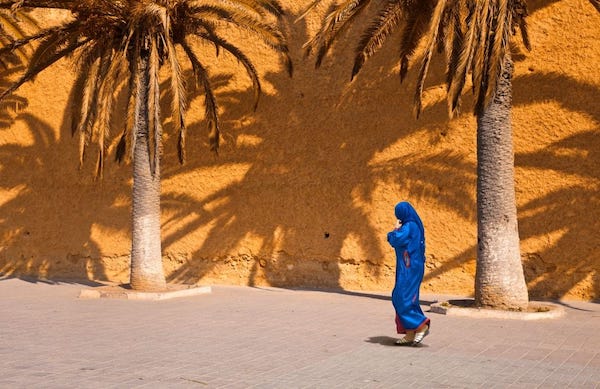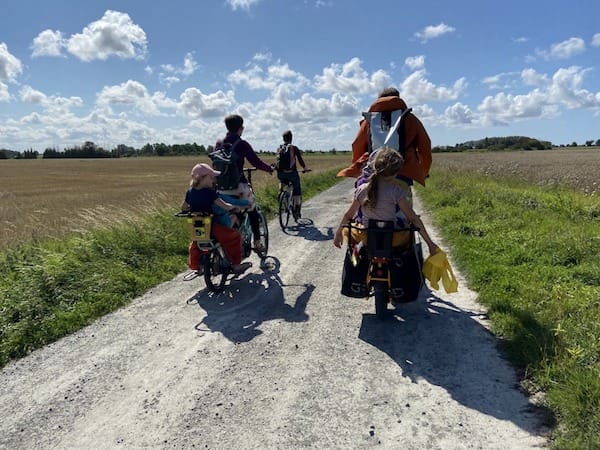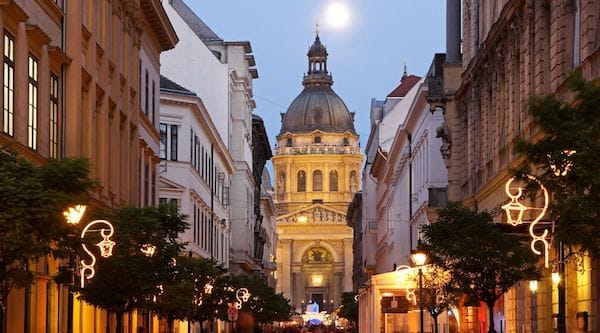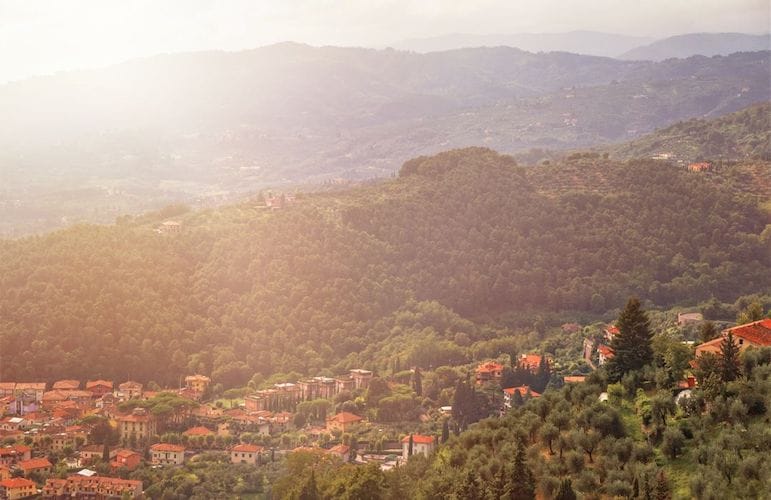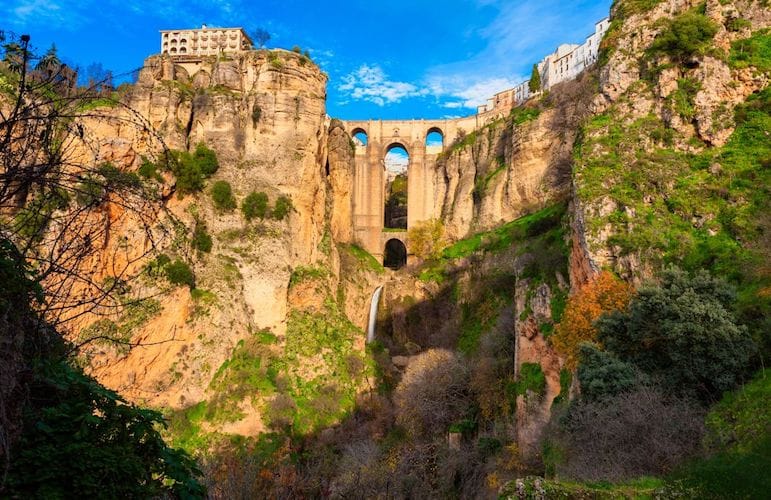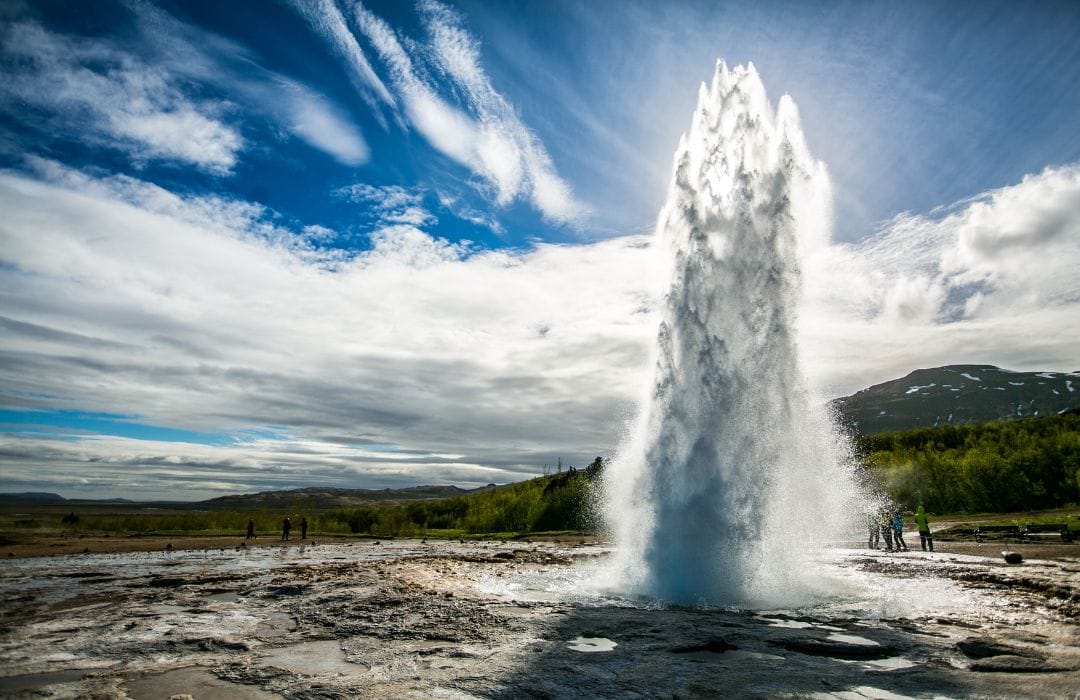
Iceland to Ireland is over 1000 nautical miles – not a journey most people choose to make without flying.
But conscious of the high CO2 emissions of air travel, my boyfriend and I decided to take on the journey after having spent a season in Iceland working as tourist guides.
Iceland is a beautiful, wild country. Most of the population is concentrated in the capital, Reykjavik, so the countryside feels endless and untouched. One of the highlights of my time there has been visiting active, erupting volcanoes – it’s an amazing experience to see the power of nature in action. The weather is milder than people tend to expect (the summer is usually 12-18ºC), and beautiful when it is sunny.
Travelling from Iceland to Ireland without flying, however, is not straightforward! There are no direct ferries between the two islands; there aren’t even any from Iceland to the UK, just mainland Europe, so we would have to travel via Denmark to get back home.
The Smyril Line M.S. Norröna ferry departs just once per week, and it’s a comfortable boat, quite large, with several restaurants, a small cinema, and a swimming pool. Most of the people on the ferry with us were travelling all the way to Denmark, many with vehicles (including campervans, which seems a popular way of travelling in Iceland as it keeps accommodation and food costs down). The largest nationality on the ferry seemed to be German, but there were also plenty of Faroese people, both coming from Iceland and going to Denmark.
It took 26 hours to reach the beautiful Faroe Islands, where the boat stops for four hours to pick up passengers. Not wanting to miss visiting these unique islands, as we didn’t know if we’d ever get the chance to do so again, we had planned to disembark and spend some time there, then catch the next ferry – in a week’s time!
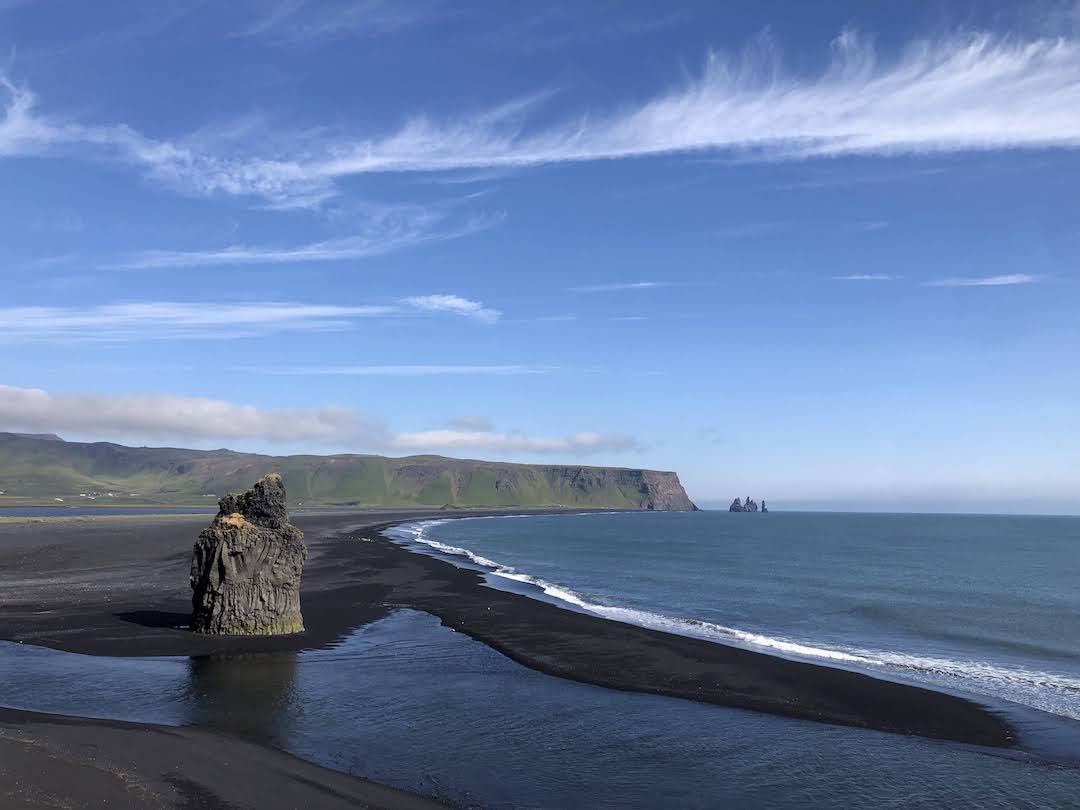
The Faroe Islands were a highlight of the trip: lots of interesting sights, beautiful views and good hiking trails. Culturally the islands have quite a bit in common with Denmark, and some in common with Iceland. The weather is wet, but the gulf stream keeps the temperatures mild: 12ºC in summer and 5ºC in winter. There are lots of sheep (more than there are people) – the name translates to "sheep islands".
Back on the ferry and on the way to Denmark the crossing was a little rougher than the previous stretch. Rough weather off the coast of Denmark meant that we weren’t able to dock on schedule, instead circling off the coast of Norway for about 20 hours. This was a strange experience, as we could see the lights from the coast, and could see ourselves travelling up and down a small stretch of the coast on the ship’s screens.
Thankfully we had booked a cabin this time, instead of the (cheaper) 6-berth shared couchettes that we chose for the first leg, which was welcome given that we were staying for an extra night. The crew were friendly and hospitable and provided us with a free buffet lunch, dinner and breakfast for the extra time on board.
The ferry eventually docked in the industrial port of Hirtshals, at the very northern tip of Denmark. The warm autumnal Danish weather was welcome after four months of living in Iceland.
Again, not wanting to move on too quickly we took a detour to Copenhagen for a few days, then took the train to Hamburg in Germany, then another to Utrecht in the Netherlands. After a couple of nights there we took the train to Paris, from where we headed west to Cherbourg for our final ferry of the journey, all the way to Rosslare in the south east of Ireland.
This was far from luxurious, as we slept on the sofas in order to keep our budget down, so it made for a restless night. So it was all the more reassuring to be back on Irish soil the following morning, with just two more trains between us and home, one to Dublin, and the final one to Kildare.
Stopping over in so many places and staying so long gave our journey the feel of a proper adventure and holiday. It would be possible to do this journey in five days, especially if you took the slightly quicker route through the UK using the ferries from Holland to Harwich, then from Holyhead to Dublin; for us it took 23 days.
We chose to extend the journey significantly both to make it more comfortable and to turn it into a holiday. It would have felt wasteful to travel through these new places without being able to experience them, so it was good that we had the time to be able to take it slow.
I had a fantastic time on this trip. It felt like an adventure, the train rides were enjoyable, and much less stressful than airports and aeroplanes. I would love to go again, but as everyone who travels by sea and land knows, it is a lot more expensive than flying, both time-wise and financially.
But looking back at the map of the world and retracing the journey we took, it is very satisfying to think we could come all that way without flying.
Itinerary
- Seydisfjordur (Iceland)
- Faroe Islands
- Hirtshals (Denmark)
- Copenhagen
- Hamburg
- Utrecht
- Paris
- Cherbourg
- Rosslare
- Kildare
